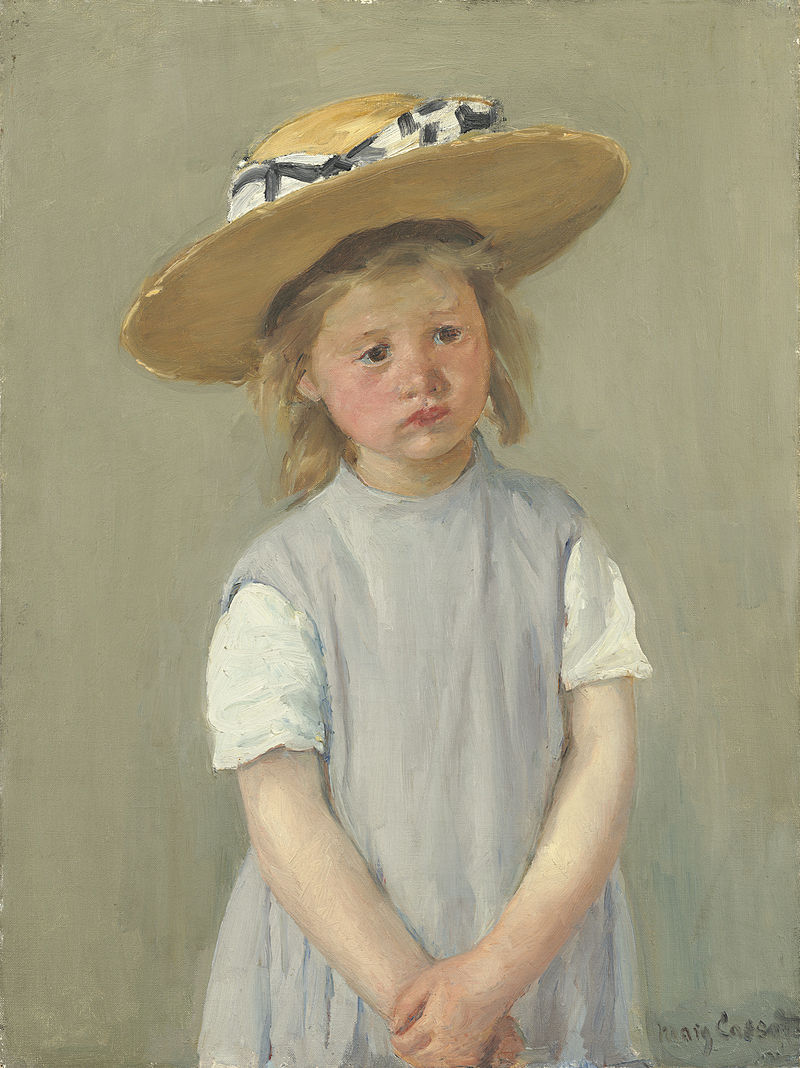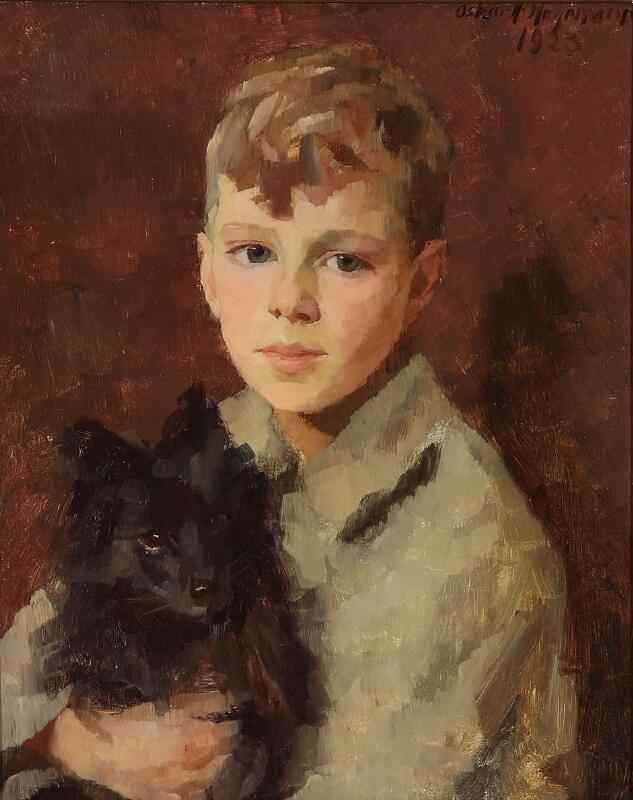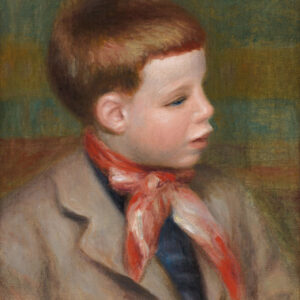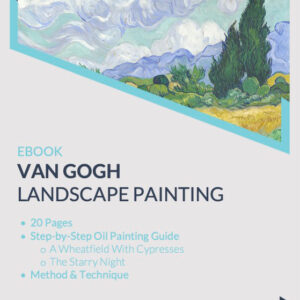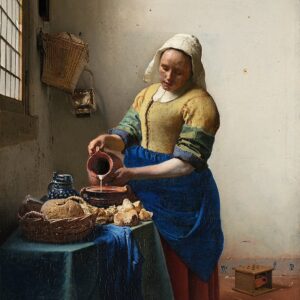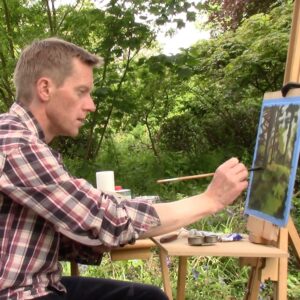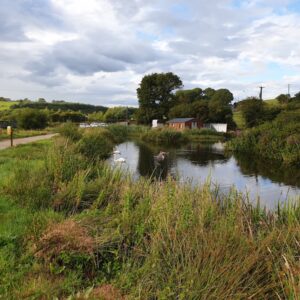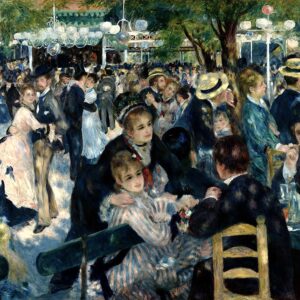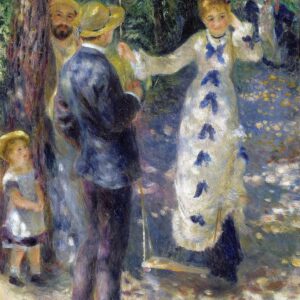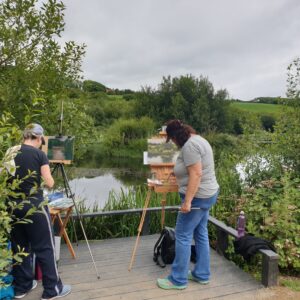Painting Children’s Portraits Studio Course (Cahir or Tramore)
€180.00 – €350.00
STUDIO COURSE in Two 6-Week Modules
Starting Tuesday 17th September 2024 in Cahir, Co. Tipperary
& Wednesday 18th September 2024 in Tramore, Co. Waterford
Book 2 Modules (12 Weeks) & GET 2 CLASSES FREE! Plus special rate for morning and afternoon classes!
This 12-week studio-based course comprises two 6-week modules. Please see times, dates, venues, and what’s covered in each module below.
Medium: Oil or Acrylic Paint (and Pencil / Charcoal)
Format: Studio-Based Physical Classes
Level: All levels
Have you ever tried to paint one of your children, grandchildren, nieces or nephews?
If so, you’ve probably quickly realised how much more challenging this is, compared to say, painting an adult. Some artists would say that everything we know about portrait painting goes out the window once we try to paint a child’s portrait.
Everything is very subtle about a young face and the portrait painting is an unforgiving task. The slightest indelicacy – too strong a line here, a bold brushstroke there, a sudden change of value or colour – can have a catastrophic effect, and make the child look unnaturally old. In the case of an adult’s portrait, such treatment would add character and even enhance the portrait!
This course is specially designed to show you the main challenges and common pitfalls of painting children and how to overcome them, and create beautiful portraits using subtle colour, soft tones, and delicate line and edge work.
You will learn how the proportions of a child’s face and features differ from an adult’s, how to find structure in a child’s yet unformed features, and how to handle delicate colour mixing, blending and brushwork to reflect the delicate appearance of a child’s face.
See full description, what’s included, what’s required, and other important information in the tabbed sections below.
TUESDAYS 7-9pm at CAHIR ARTS, Cahir, Co. Tipperary
- Module 1: Tuesday 17th September to 22nd October 2024
- Module 2: Tuesday 12th November to 17th December 2024
WEDNESDAYS 10am-12 noon at COASTGUARD CULTURAL CENTRE, Tramore, Co. Waterford
- Module 1: Wednesdays 18th September to 23rd October 2024
- Module 2: Wednesdays 13th November to 18th December 2024




